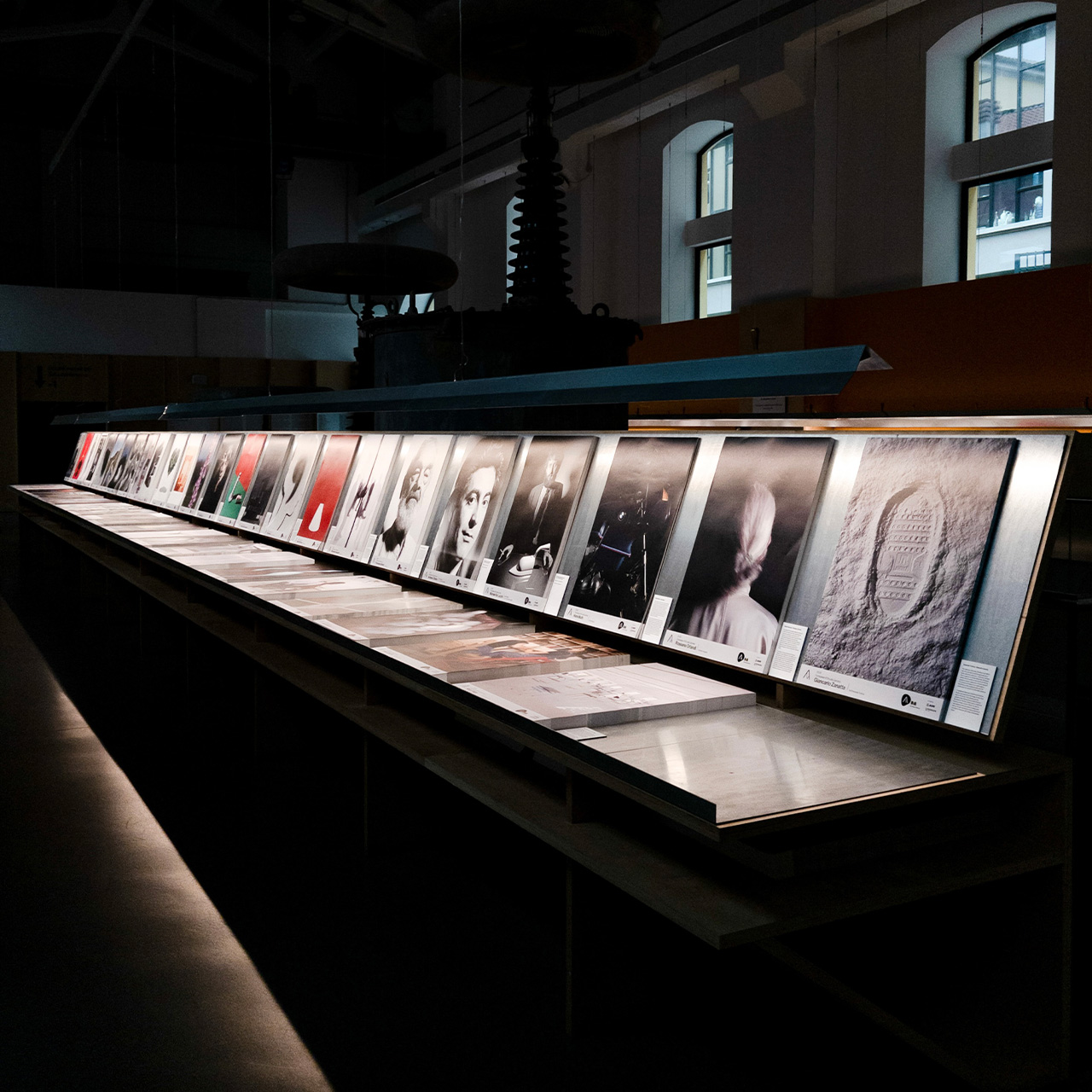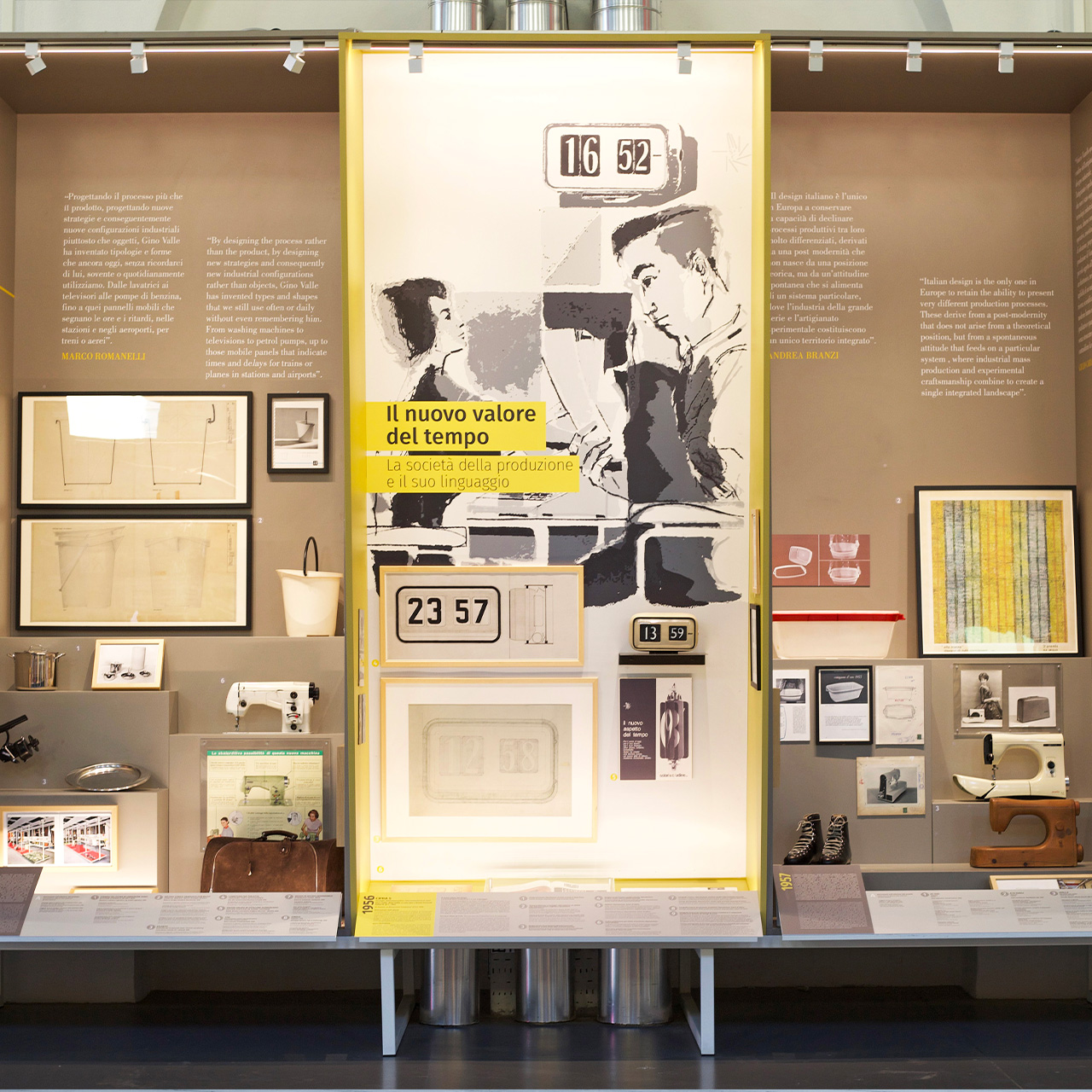The spoon and the city. Compasso d’Oro Historical Collection
“The Spoon and the City” is the permanent exhibition of the ADI Design Museum and represents the central core of the museum’s exhibition path. The title refers to the famous phrase by architect Ernesto Nathan Rogers who, in 1952, encapsulated the idea of design responsibility with the expression “from the spoon to the city”, highlighting a vision capable of encompassing all scales—from the smallest everyday object to the complexity of the urban environment.
Curated by Beppe Finessi, the exhibition retraces all the projects awarded the Compasso d’Oro, from 1954 to the present day, following a chronological layout that avoids any hierarchy or subjective interpretation. This approach allows each object to be understood within its historical context, offering a visual narrative that reflects tastes, values, and cultural transformations over time. At the same time, the exhibition makes the evolution of Italian design visible, highlighting the emergence of new typologies, languages, and fields of application.
The display unfolds along the perimeter of the museum’s main hall and continues into two additional rooms, organized into a series of sections dedicated to the various editions of the award. Each section presents the awarded objects from that year, accompanied by materials that document their design process: drawings, photographs, sketches, advertisements, models, and prototypes. The products are never displayed in isolation but within a system that enhances their complexity and context, transforming each section into a true contemporary “cabinet of curiosities.”
Alongside these historical sections, the exhibition includes a series of in-depth features dedicated to selected individual projects, each curated by different experts. These focus areas change periodically, offering fresh critical perspectives on the Historical Collection and encouraging cross-disciplinary reflections on design themes. Every detail of the exhibition design reflects the museum’s identity: design is not presented as a mere form to be admired, but as the concrete result of a collective process involving diverse skills, research, experimentation, and a culture of making.






